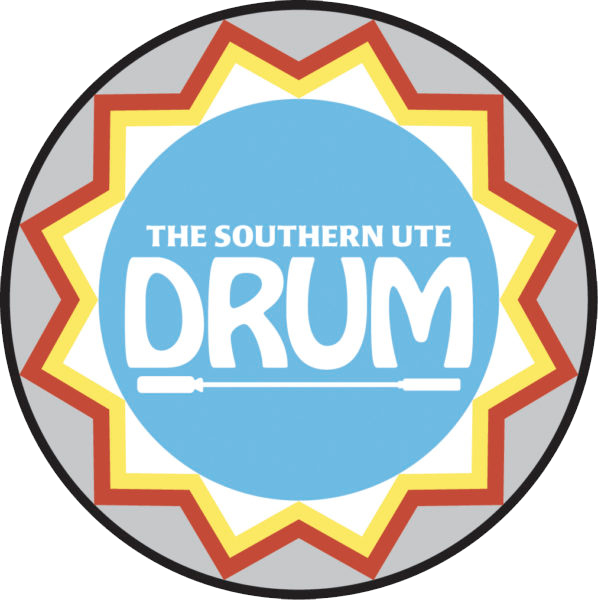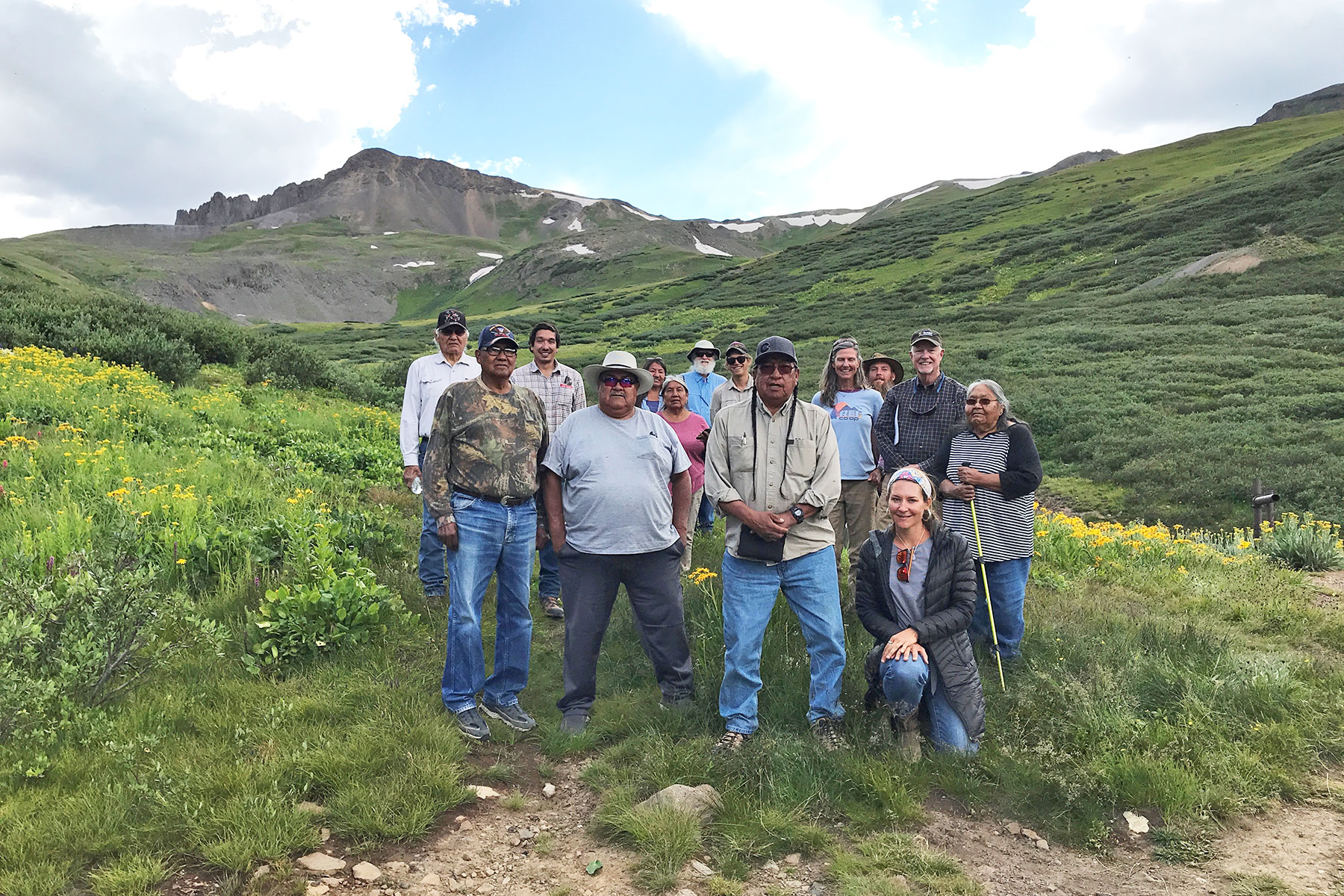Tribal members and elders of the Southern Ute Indian Tribe were joined by employees and contractors for a field visit to the San Juan Mountains near Silverton, Colo., during the week of August 19. The visit also included elders of the Ute Mountain Ute Tribe, who contributed their stories and knowledge to a study now being conducted by the Southern Ute Tribe. Additional assistance was provided by the U.S. Bureau of Land Management and the Environmental Protection Agency.
Traditionally, Ute culture is passed down by word of mouth leaving no written documentation of the historic or contemporary uses or locations of plants with cultural significance. To guide efforts to protect the health of Ute people harvesting these plants, an ethnographic study is being conducted. This study will help identify any toxicological link that may exist due to plants absorbing heavy metals associated with acid mine drainage in the study area.
The primary goal of the study is to identify plant species, locations, and their uses that are culturally significant to Ute peoples. The secondary goal of this project is to provide written documentation to Ute people for cultural preservation. The study area includes the Bonita Peaks Mining District (BPMD) near Silverton, Colo., with an approximately 50-mile buffer area surrounding the BPMD. The study began with an intensive literary search, followed by multiple field visits to the BPMD with tribal elders to collect and record the cultural knowledge for future tribal generations.
This study will benefit three federally recognized tribes with traditional connections to the BPMD: The Southern Ute Tribe, The Ute Mountain Ute Tribe, and The Ute Indian Tribe. The Ute people have a long-standing history with the BPMD region and still visit for cultural practices today. This study will highlight and translate the oral traditions of the Ute people to give a better understanding of any potential toxicological risks from contact with culturally important or traditionally used plant species.
The study contractor works closely with the Southern Ute Cultural Preservation Department as the primary point of contact for coordinating details, site visits, and tribal membership participation during this study. Specifically, this study will address the following:
- Plants of interest – What plants were historically (and currently) harvested by Ute people?Some examples are: wild onion, willow, mint, and yarrow. Plants can up-take heavy metals and other toxins from the environment, requiring a toxicological assessment.
- Plant uses – How are the plants used by Ute people?Some plants have medicinal uses, others are harvested for crafts or tools, some plants have ceremonial purposes, and some are food. Different uses for these plants will lead to different pathways for potential toxicological risk to Ute people.
- Harvesting locations/routes – Where do Ute people gather plants of interest, and along what pathways?This Study will determine where Ute people gather plants in relation to drainages that are potentially impacted from actively or historically draining sites disturbed by mining activities, natural contributions, and other sources.
This study is expected to be completed with a report to the Tribe by the summer of 2020.

